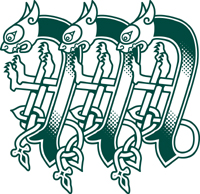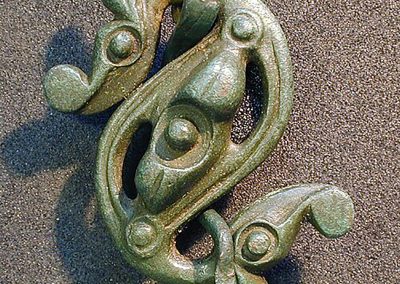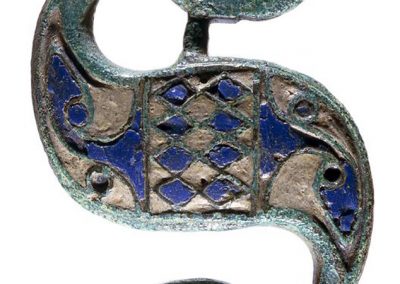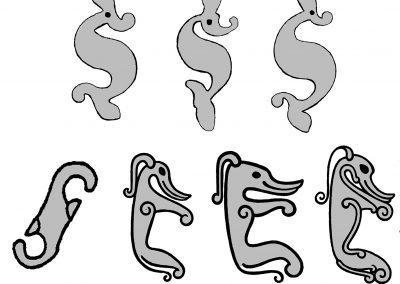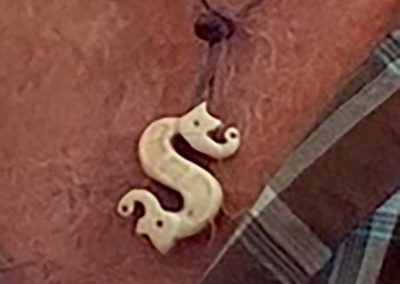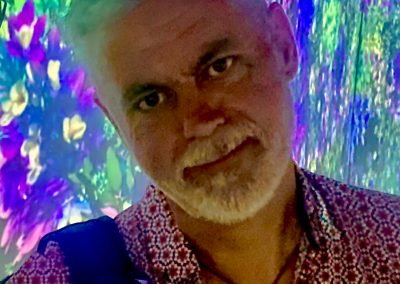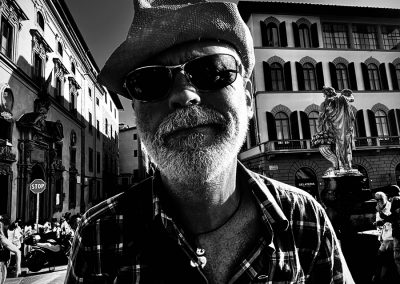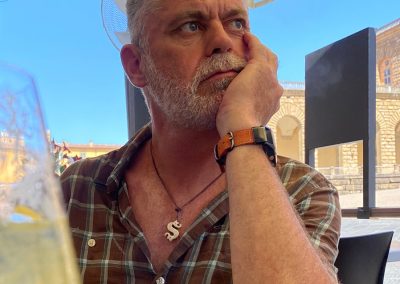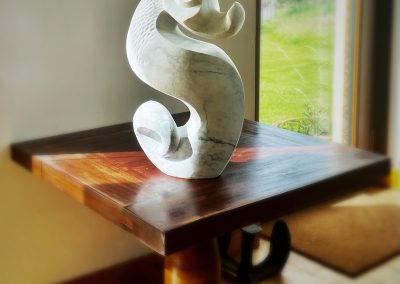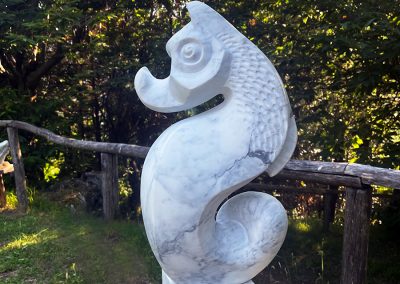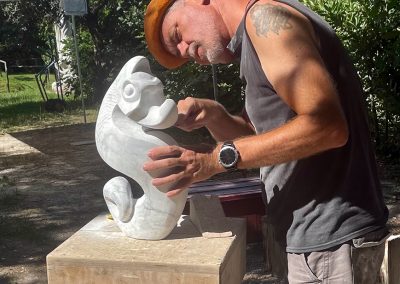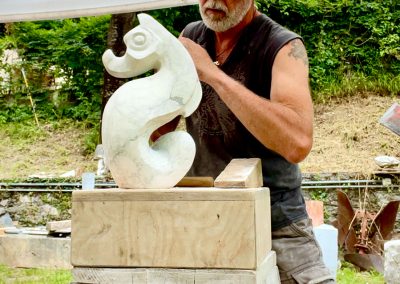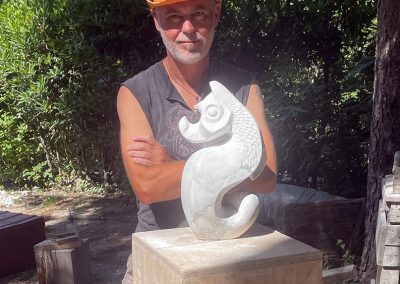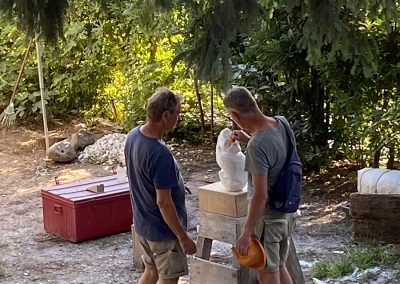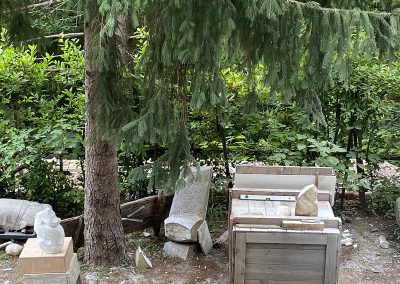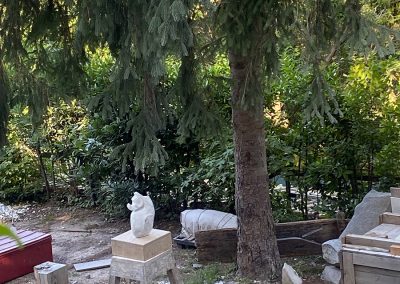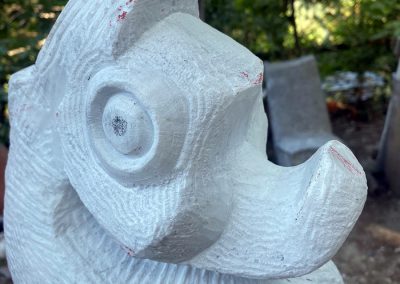Many years ago, in a long lost book, I came across a celtic brooch design of what looked (to me) like a seahorse. Although a scots piece it was possibly influenced by earlier Roman jewellery. I haven’t been able to find a reference to it since but it was suggested that the seahorse design was a celtic equivalent to a St. Christopher, i.e. a good luck charm for travellers.
There’s an excellent article HERE that suggest that these early brooch designs may have influenced later designs of what is now known as “the pictish beast“, the idea of which influenced my design when I created Nessie for the Commonwealth games in 2014. See HERE.
Some time in the early 1990s I carved a pendant for my brother who was going travelling through Europe and onwards to the Himalayas. His name also begins with an S and the design seemed to be very appropriate. On his return from his travels, he gave the pendant back to me for good luck in my own travels and I still wear it to this day.
When I arrived at a marble carving workshop in Carrara, Italy recently, I was wearing the pendant and the first two people I met asked if I would be carving a copy of it in marble, and the idea stuck. Over the next two weeks I stood on a Tuscan hillside carving this representation of a seahorse in the same famous Carrara marble favoured by Michelangelo and which adorns every town square, church and museum across Italy and further afield. This was my first time working in marble and it was a real joy.
Although it was birthed in the Italian hills, the origins of the carving were very much based in those early Pictish designs that I discovered in a book many years ago. After lengthy discussions with my friend, renowned folklorist, Scottish historian, story-teller and fount of knowledge, Eileen Budd about river horses, sea monsters, selkies, aquines, wyrms and all manner of Scots mythological beasties, we settled on Kelpie Beag for a name. Beag means small.
“Kelpie is the Scot’s for each-uisge and it comes from the old Norse for horse because of the bellowing noise this monster would make, which sounded like the neighing of a horse It was also referred to as a shapeshifter, sometimes it was part serpent, sometimes it had a human head, sometimes it ploughed the water with a boat, sometimes it raised storms. The best theory is that this water spirit was a guardian of the water and it could be appeased with respect and reverence. These stories changed over the centuries, though some bits remain. So as far as names go, I’d say Kelpie is the best one, it’s in Scots already and has really old origins as a Scots word. Ironically though, one way of showing reverence to the Kelpie was not to mention its name! ![]() I think it’s a great symbol of natural power and connection to our land, so a brilliant talisman to have on your travels!”
I think it’s a great symbol of natural power and connection to our land, so a brilliant talisman to have on your travels!”
